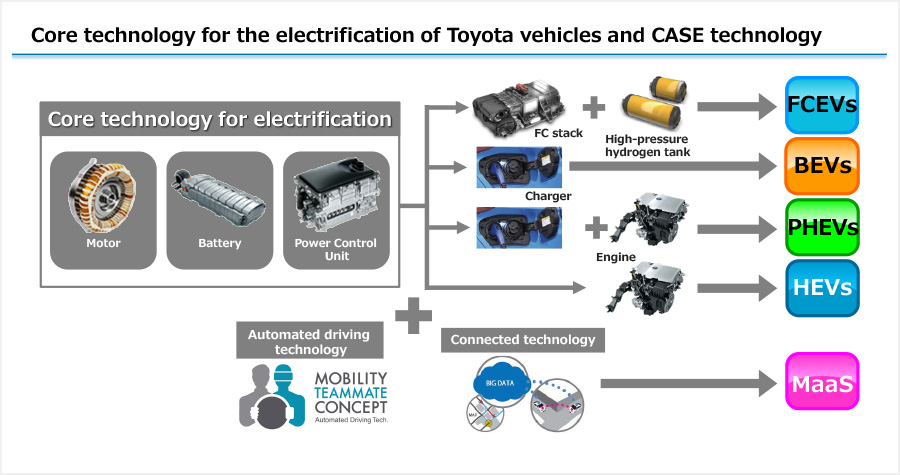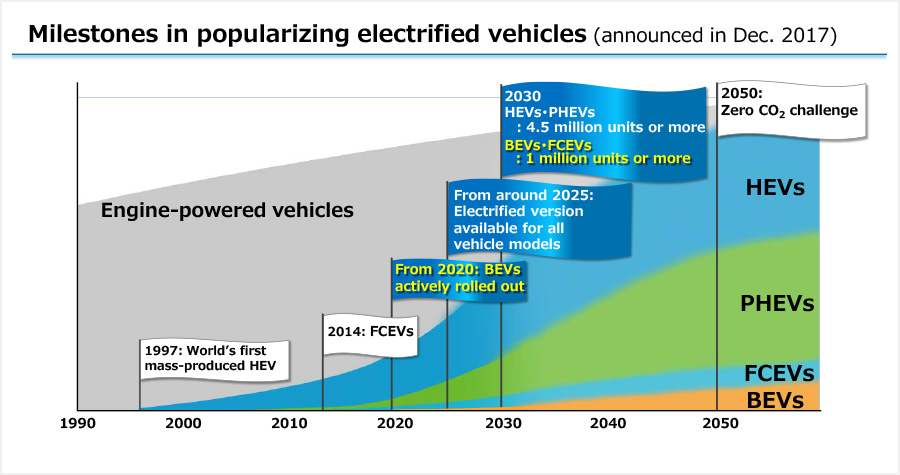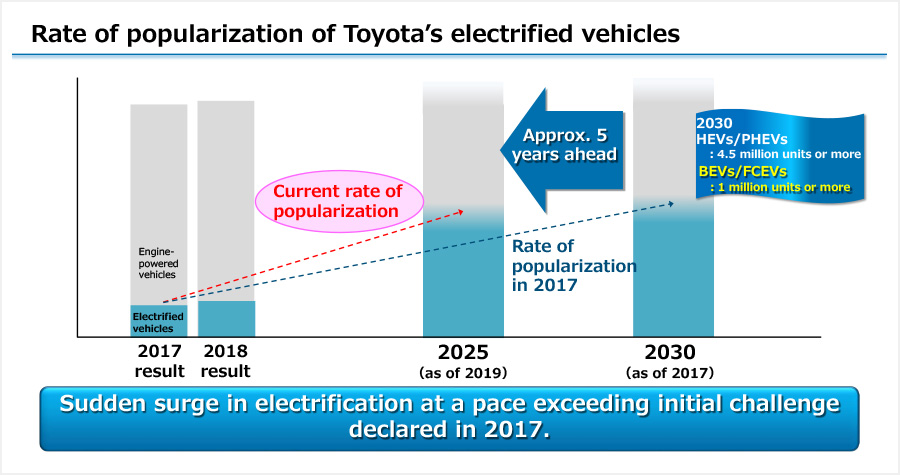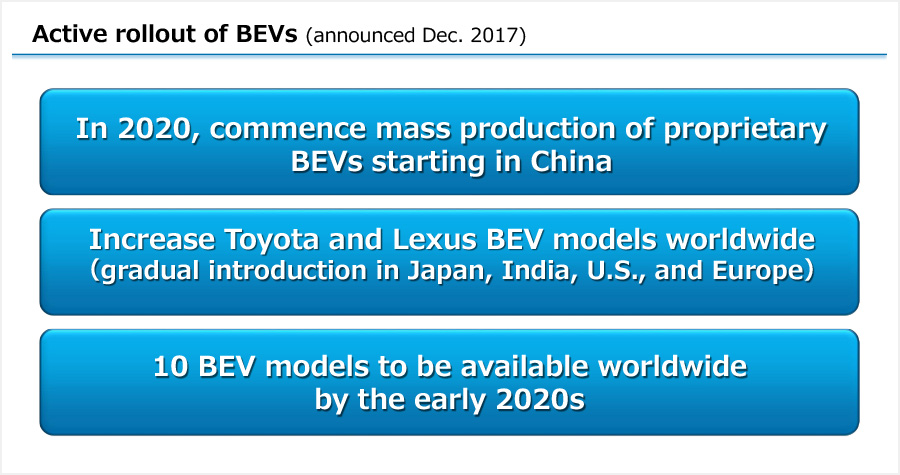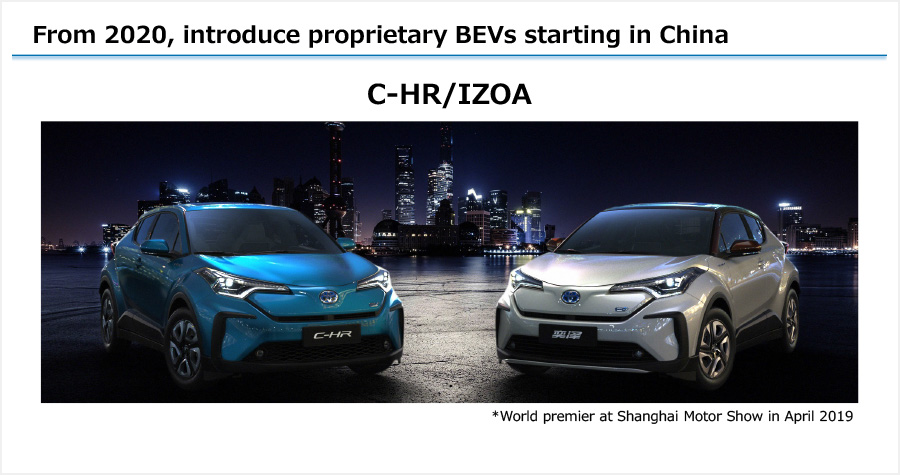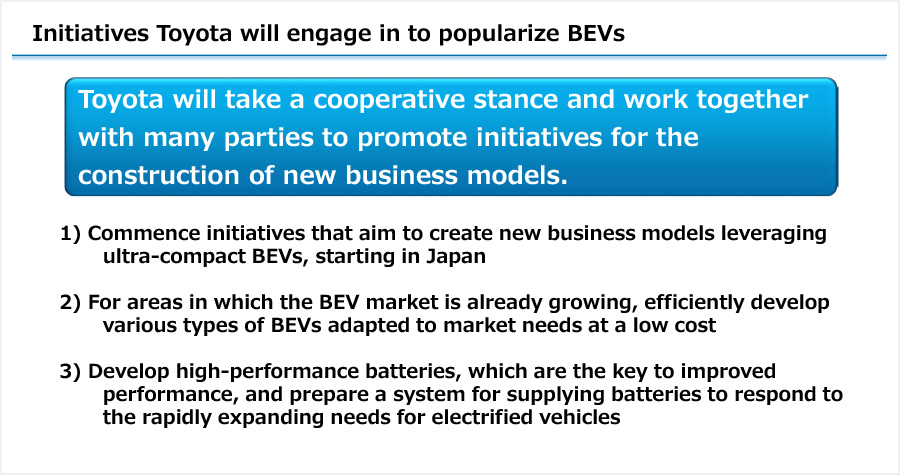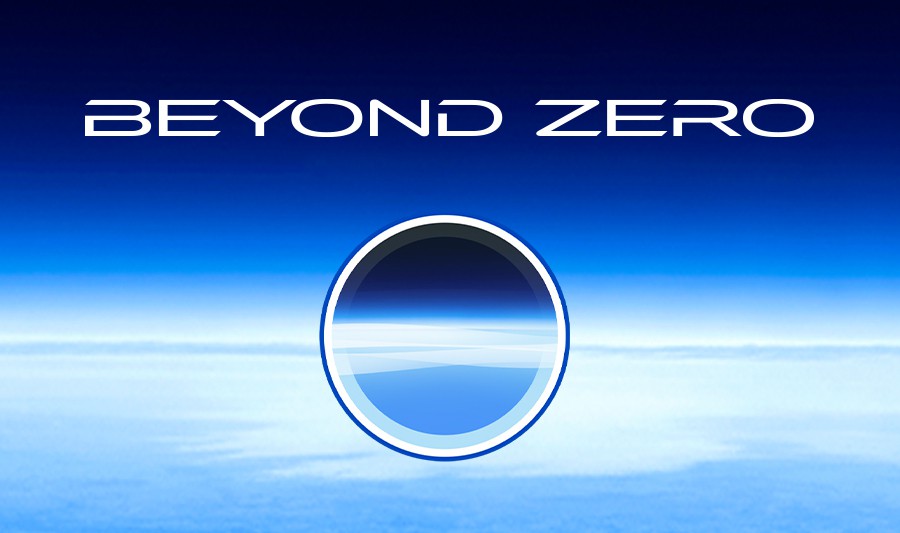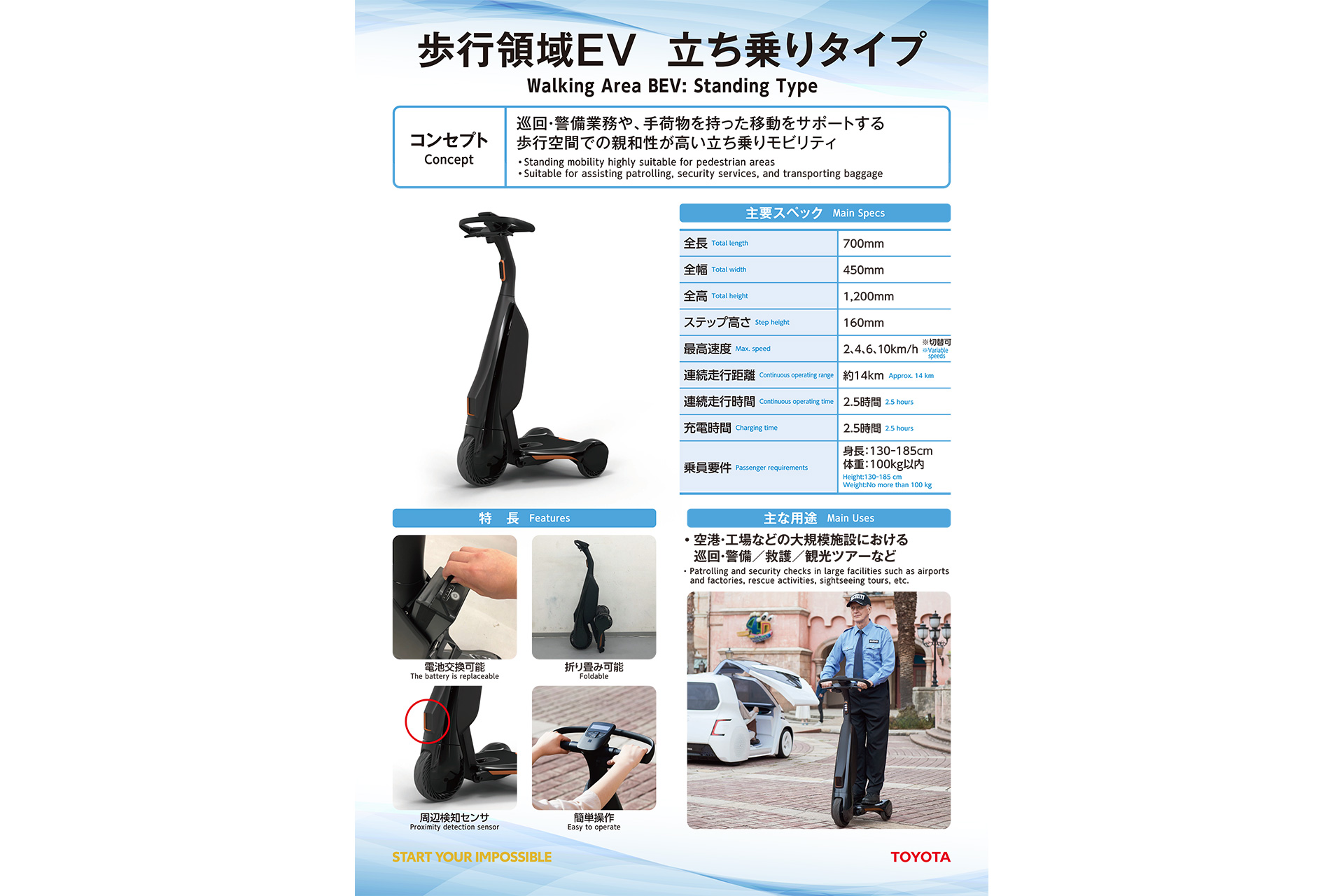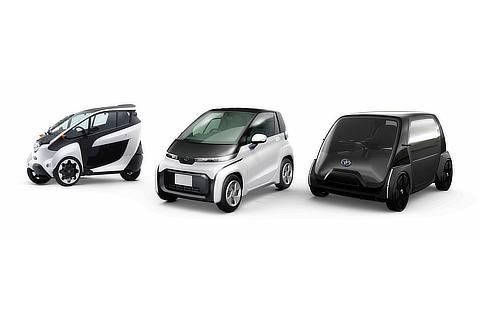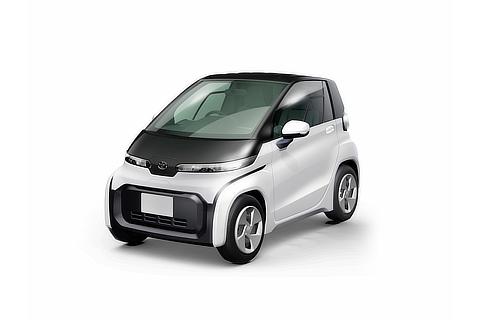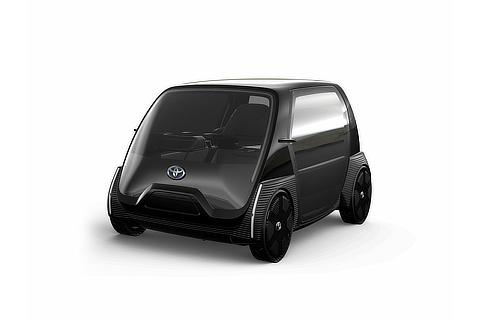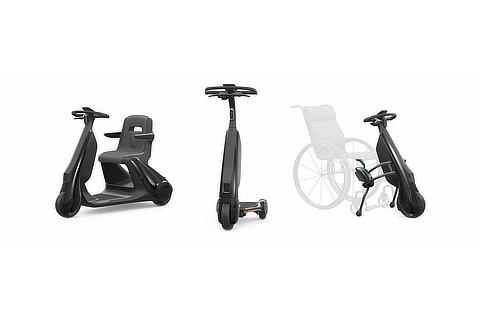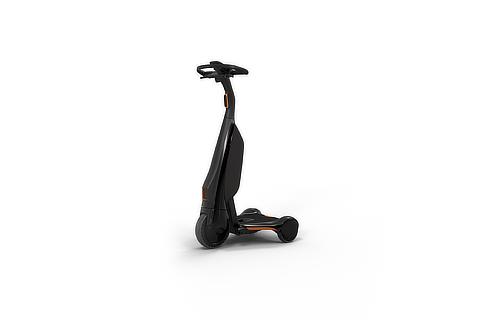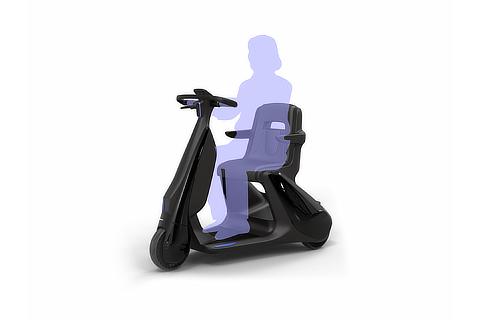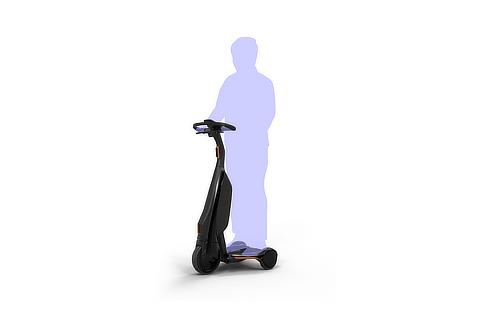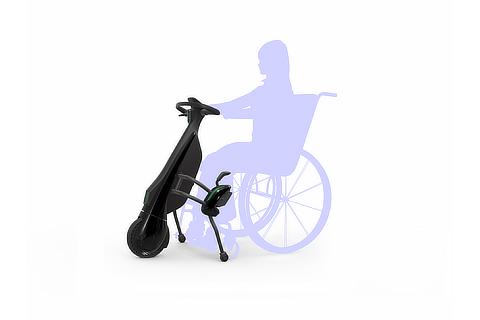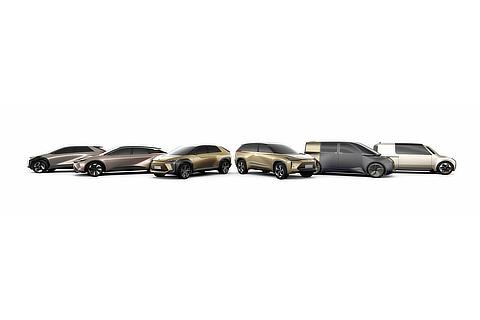Jun. 07, 2019
Aiming to Popularize BEVs
Much work lies ahead to achieve the popularization of BEVs. Specifically, we will be focusing on vehicle development and the stable supply, improved durability, and reuse of batteries.
We are steadily preparing a framework to respond thoroughly to the challenge, putting all the pieces in place, including the creation of new business models.
Working in an extensive and open manner, we are collaborating with partners as we strive to contribute to a better society.
The video from the event held today has been uploaded. Materials from the event explain specific activities and provide insight into Toyota's strategy toward the spread of BEVs.
- Aiming to Popularize BEVs - Media briefing presentation and Q&A
Initiatives for vehicle electrification
Toyota considers electric motors, batteries, and PCUs (power control units) to be the three core technologies of electrified vehicles.
Combining specific major components with these core technologies enables the creation of various electrified vehicles―fuel cell electric vehicles (FCEVs), battery electric vehicles (BEVs), plug-in electric vehicles (PHEVs), and hybrid electric vehicles (HEVs).
Adding automated driving technologies and connectivity technologies can result in the provision of next-generation mobility services, such as Mobility as a Service, or MaaS.
By developing core technologies, Toyota aims to serve its customers and society in various ways, not only by providing fully built vehicles but also by providing systems and technologies.
As a milestone, Toyota announced in 2017 that it expects its sales of new electrified vehicles to be more than 5.5 million units in 2030, consisting of a combined 4.5 million units or more of HEVs and PHEVs, and a combined more than 1 million units of BEVs and FCEVs.
It has only been one and a half years since Toyota announced in 2017 that it expects its sales of new electrified vehicles to be more than 5.5 million units, including more than 1 million zero-emission vehicles (BEVs, FCEVs), in 2030.
But the advance of electrification is taking place at a speed that is faster than expected, suggesting that Toyota should be prepared to reach its forecasted numbers nearly five years early.
Among Toyota's wide range of initiatives related to various types of electrified vehicles, Toyota is advancing its evolution of zero-emission vehicles, such as FCEVs, which emit no CO2 during their use.
In terms of BEVs, Toyota is developing a wide range of vehicles, from pedestrian-zone (or walking-area) BEVs to ultra-compact two-seater BEVs, as well as conventional-size passenger vehicle BEVs, among others.
The e-Palette (shown above in the center) is Toyota's vision of a BEV that gives concrete form to MaaS, and its development is nearing its climax, with a view toward the coming Tokyo 2020 Olympic and Paralympic Games.
Toyota has already announced its plan to gradually have more than 10 BEV models available worldwide by the first half of the 2020s, starting with a rollout in China in 2020.
This year in April at the Auto Shanghai motor show, Toyota unveiled the BEVs it plans to roll out in full-fledged manner in China.
Toyota is moving forward with its rollout of BEVs, as planned.
This outlines the key points of Toyota's latest initiatives for the popularization of BEVs.
By maintaining a cooperative stance, Toyota will extensively and openly invite partners to build new business models together.
Firstly, Toyota will take up the challenge of constructing a business model based on the use of ultra-compact BEVs, starting with Japan.
Secondly, in regions in which markets are coming into form, such as China, the United States, and Europe, Toyota will efficiently develop various types of BEVs.
Thirdly, with respect to batteries, which are key for enhancing product strength, Toyota will focus on high-performance batteries that do not easily degrade.
Furthermore, to respond to the rapid increase in electrified vehicles, Toyota will build a battery-supply framework in cooperation with battery manufacturers around the world.
"Achieving zero, and adding new value beyond it"
As part of efforts to pass our beautiful "Home Planet" to the next generation, Toyota has identified and is helping to solve issues faced by individuals and overall society, which Toyota calls "Achieving Zero," hoping to help reduce the negative impacts caused by these issues to people and the environment to zero. Additionally, Toyota is also looking "Beyond Zero" to create and provide greater value by continuing to diligently seek ways to improve lives and society for the future.
- About Beyond Zero
- https://global.toyota/en/mobility/beyond-zero/
